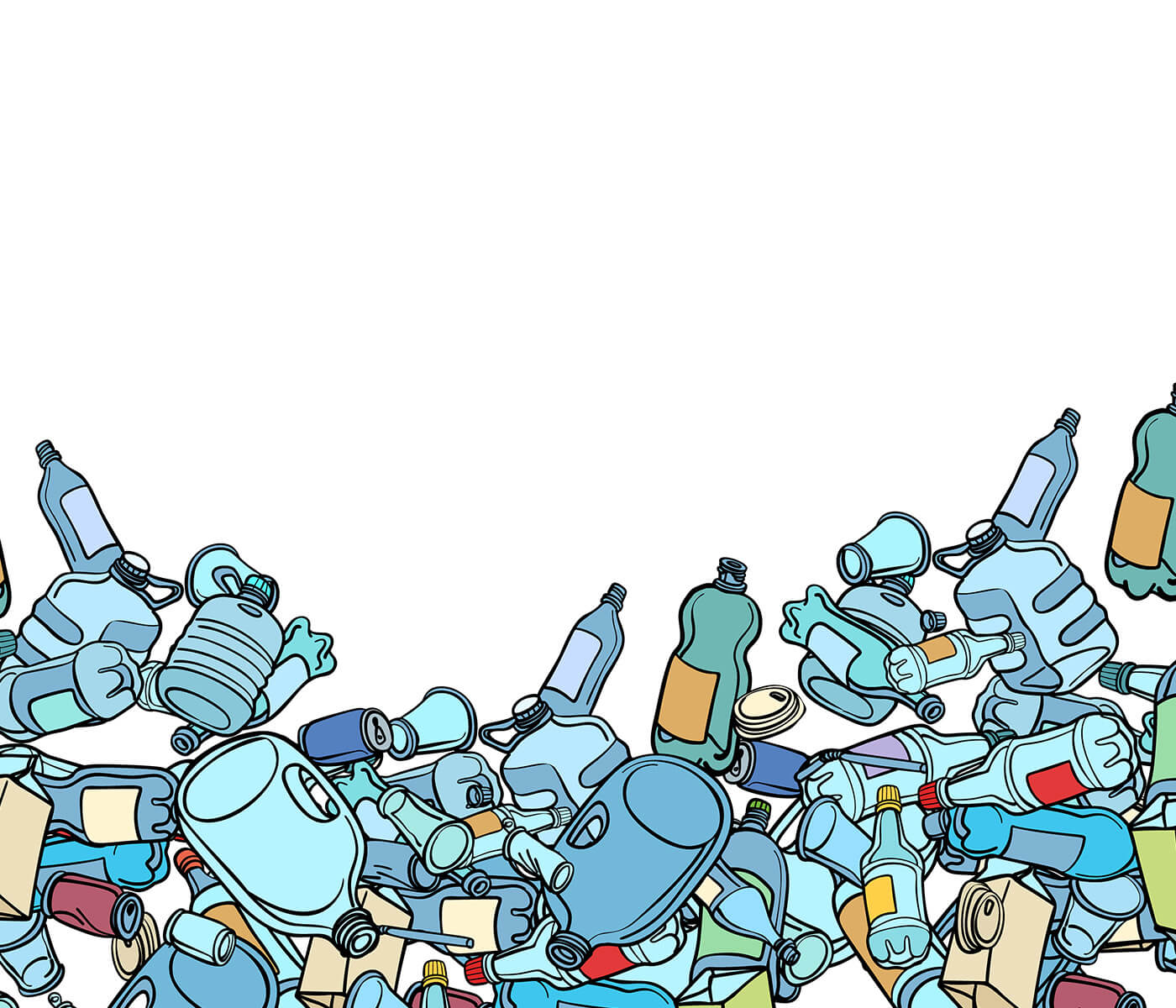April 26th, 2019
Plastics Lifecycle | Chapter 4 – Where is the plastic in the ocean coming from?
The Source of Ocean Plastic Pollution: A Global Concern Over the past decade, the alarming increase in plastic pollution in […]
4 April 2019

When we think of plastic pollution, we think of images of plastic bags on the beach, suffering marine life, and the almost invisible smog of microplastics in our ocean. What often gets overlooked is the fact that conventional plastic is made from fossil fuels, and is a product of the oil and gas industry.
Fossil fuels are formed over millions of years from the fossils, or remains, of dead animals and plants that were buried under dirt and rock. Heat from inside the earth and pressure from dirt and rock changes these fossils into oil, natural gas and coal. Because it takes millions of years to make or “renew” more fossil fuels, we call them “nonrenewable fuels.” We are currently using the fuels that were made more than 65 million years ago. Once this fuel is gone, it is gone for good.
There are three major forms of fossil fuels: coal, oil and natural gas. All three were formed many millions of years ago during the time of the dinosaurs.
To find oil and natural gas, companies drill through the earth to deposits deep below the surface. The oil and natural gas are then pumped from below the ground by oil rigs. Before it can be used the petroleum or crude oil must be changed or refined into other products. At oil refineries, crude, thick black oil is split into various types of products through heating. These products include gasoline, diesel fuel, aviation fuel, propane gas, ship oil and oil to burn in power plants to make electricity.
Oil is also made into many different products from fertilizers and clothes to toothbrushes and plastic bottles. Almost all plastic products come from oil.
Plastics are derived from natural, organic materials such as cellulose, coal, natural gas, salt and, of course, crude oil. Crude oil is a complex mixture of thousands of compounds and needs to be processed before it can be used. The production of plastics begins with the distillation of crude oil in an oil refinery. This separates the heavy crude oil into groups of lighter components, called fractions. Each fraction is a mixture of hydrocarbon chains (chemical compounds made up of carbon and hydrogen), which differ in terms of the size and structure of their molecules. One of these fractions, naphtha, is the crucial compound for the production of plastics.
Examples: Acrylonitrile butadiene styrene (ABS), Polycarbonate (PC), Polyethylene (PE), Polyethylene terephthalate (PET), Polyvinyl chloride (PVC), Polymethyl methacrylate (PMMA), Polypropylene (PP), Polystyrene (PS), Expanded Polystyrene (EPS)
Examples: Epoxide (EP), Phenol-formaldehyde (PF), Polyurethane (PUR), Polytetrafluoroethylene (PTFE), Unsaturated polyester resins (UP)
Cart